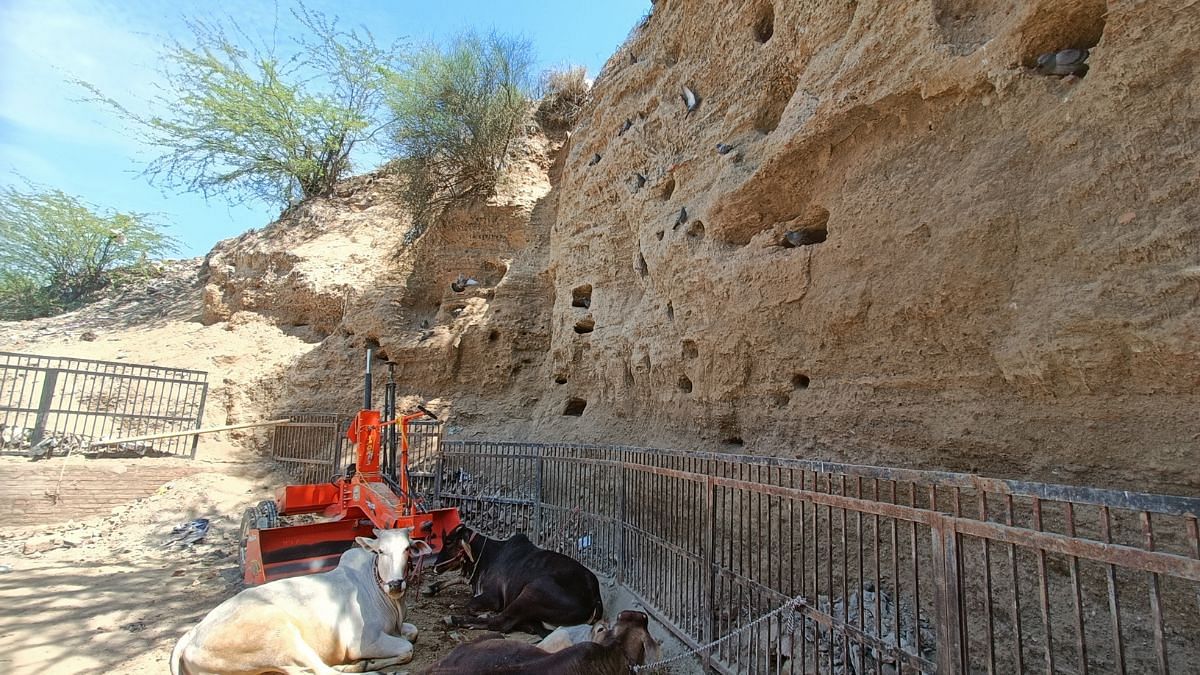Preserving India's Heritage: Threats to Saraswati River Archaeological Sites
Villagers use Saraswati riverbed for cow dung, cremation, crop. ‘Where do we keep cattle?’ 🔗

The text describes the encroachment and damage to archaeological sites along the Saraswati riverbed, including Rakhigarhi, a site belonging to the Indus Valley Civilisation. The sites, crucial for understanding India's history, are facing destruction due to factors such as agricultural activities, village settlements, and lack of protection. The conflict between preserving history and the livelihood of local villagers is evident, raising questions about the importance of heritage. Despite government initiatives and investments in Saraswati River research, the neglect and encroachment on these archaeological sites continue to threaten their existence. Additionally, efforts are being made to identify the paleochannels of the Saraswati river and conserve the sites, but challenges persist due to land ownership and lack of prioritization. The text highlights the importance of preserving these historical sites and the need for coordinated efforts to protect India's rich heritage.
- Villagers are using Saraswati riverbed for cow dung, cremation, and crop cultivation, leading to encroachment on the archaeological sites.
- The conflict arises between preserving history and the livelihood of local villagers.
- Despite government investments, neglect and encroachment continue to threaten the existence of archaeological sites along the Saraswati riverbed.
- Efforts are being made to identify the paleochannels of the Saraswati river and conserve the sites, but challenges persist due to land ownership and lack of prioritization.
- The text emphasizes the importance of preserving these historical sites and the need for coordinated efforts to protect India's rich heritage.